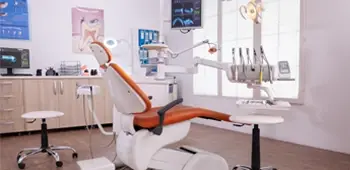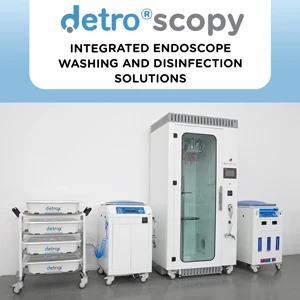Hygiene and Device Disinfection Guide for Dialysis Nurses
Strategic Role of Dialysis Nurses in Infection Prevention
Dialysis is a critical regular treatment process to make life sustainable. Dialysis patients are highly susceptible to infections due to their weak immune systems. This sensitivity requires meticulous compliance with hygiene rules for both the safety of patients and the sustainability of the treatment process.
Dialysis nurses are at the centre of this process. They have responsibility in many areas from hand hygiene to disinfection of devices, from surface cleaning to patient-to-patient transition rules. This guide provides a comprehensive overview of the basic hygiene principles that dialysis nurses should pay attention to in their daily practice and practical recommendations for device disinfection.
Hand Hygiene The First Breaking Point of the Infection Chain
A significant proportion of infections are transmitted through hands. Therefore, correct hand hygiene practices are the most basic step of infection control in the dialysis unit.
When should hand hygiene be applied?
- Before and after contact with the patient
- After contact with the patient’s environment (after contact with dialysis machines, medical devices or surfaces)
- Before procedures requiring asepsis
- After infection with body fluids
The use of hand antiseptic or antiseptic liquid soap is important at this point. It is preferable that hygiene products have a biocidal product licence and contain skin-compatible formulas.
For more information: Hand Hygiene Category
Disinfection of Dialysis Devices: A Critical Step
Dialysis machines are complex devices in direct contact with blood and water systems. Therefore, regular cleaning and disinfection of both internal and external surfaces plays a critical role in preventing infections.
Why is Device Disinfection Important?
- Internal water systems at risk of microbial contamination can form biofilm.
- Unseen pathogens passed from patient to patient can cause serious infections.
- A comprehensive disinfection programme also extends the life of the device.
Which areas of the devices should be cleaned and disinfected?
- Touch screen and keypad
- External surface and connection areas
- Patient connection points
- Internal water circuit (in accordance with manufacturer’s instructions)
Surface disinfectants, ready-to-use wipes and, where necessary, high-level disinfectants should be preferred according to the protocol specified by the device manufacturer.
Related product group: Environmental Surface Disinfectants
Inter-patient Surface Cleaning: Prevention of Cross Transmission
After each patient, environmental surfaces such as dialysis chair, table surface, blood pressure monitor must be disinfected. This prevents the transmission of invisible microorganisms.
Points to be Considered:
- Wait for the disinfectant product to take effect and do not dry the surface immediately.
- In wipe or spray applications, make sure that the entire surface is covered.
- After cleaning, areas at risk of contamination should not be touched again.
Low and medium level disinfectants are suitable for daily use on environmental surfaces. Ready-to-use wipe forms provide both practicality and time saving.
Water System and Internal Circuit Disinfection
The water used in dialysis treatment is directly vital for the success of the treatment. Biofilm layers that may form in the water circuits may turn into a reservoir of microorganisms in the long term. For this reason, regular periodic disinfection should be carried out with the chemicals and intervals recommended by the manufacturer.
Basic Practices
- Weekly and monthly internal system cleaning
- Thorough rinsing of the system before and after chemical application
- The disinfectant used is compatible with the dialysis device manufacturer
For more information: Instrument Disinfectants Category
Cleaning of Reused Materials
Re-used materials such as tourniquets, stethoscopes and sphygmomanometers carry the risk of inter-patient contamination. Such equipment should be disinfected after each patient use.
Recommendations:
- Initial cleaning with enzymatic cleaners if necessary
- Afterwards, the process should be completed with a suitable surface or tool disinfectant
- If disposable products are preferred, contaminated products must be disposed of correctly in waste bins.
Staff Training and Monitoring
The continuity and accuracy of all these hygiene practices depend on staff training and systematic monitoring processes. Regular training programmes for dialysis nurses strengthen both knowledge updates and practice standards.
Recommended Training Contents:
- Hand hygiene practices
- Device and environmental disinfection
- Waste management
- Use of personal protective equipment (PPE)
- Information on new biocidal products
Sustainable Hygiene, Safe Dialysis
Dialysis nurses form an invisible but very important line of defence in infection prevention processes. When all practices from hand hygiene to device disinfection are carried out systematically and consciously, a safe environment is created for both patients and healthcare professionals.
It should not be forgotten that hygiene is not only a cleaning action; it is a conscious, planned and disciplined infection control strategy.






















